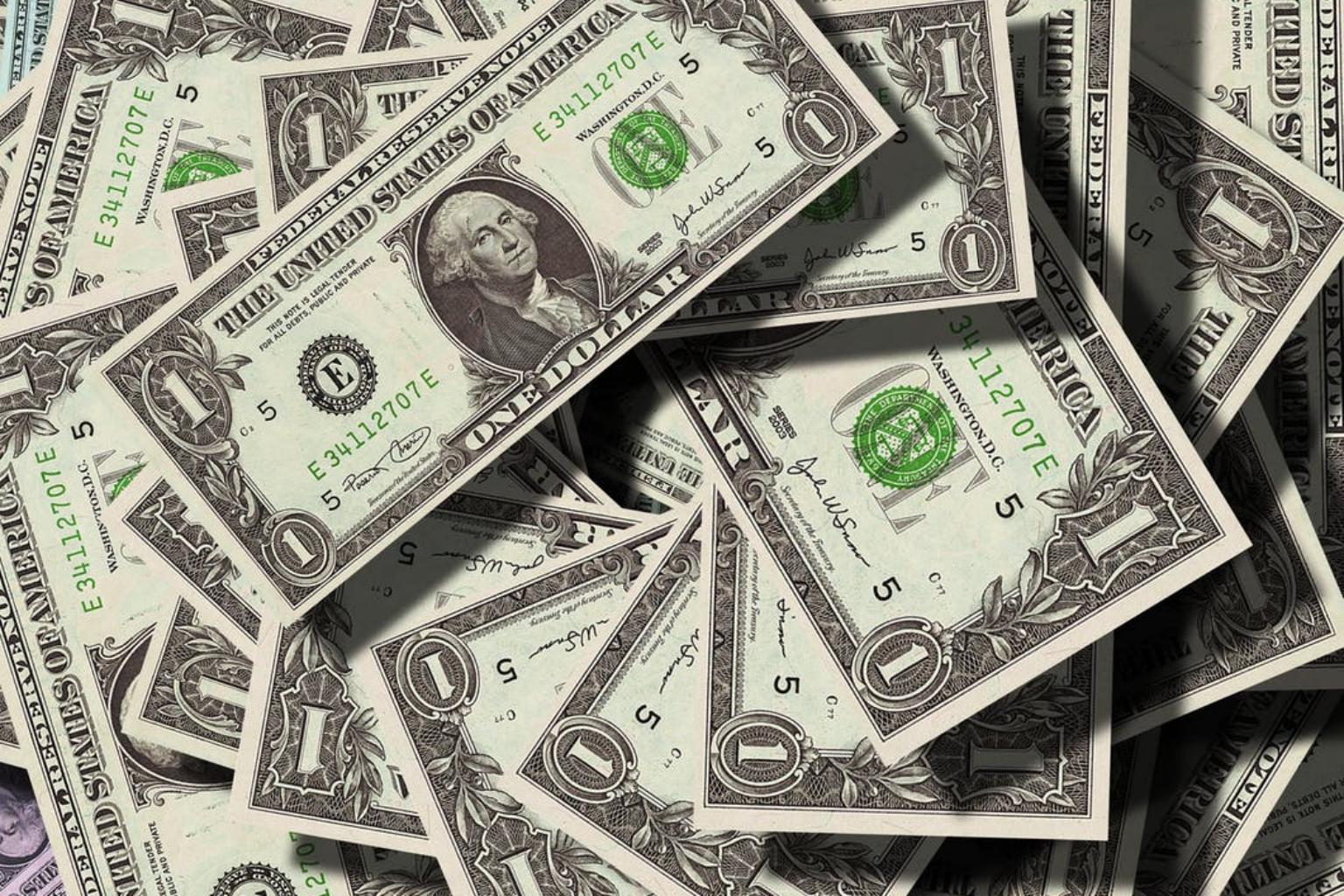Traders who 'just want to survive' sit on $7 trillion cash pile
Sign up now: Get ST's newsletters delivered to your inbox

Cash saw inflows of US$30 billion in the week through Sept 21, according to figures from EPFR Global.
PHOTO: PEXELS
Follow topic:
NEW YORK - From stocks and bonds to credit and crypto, money managers looking for somewhere to hide from the Federal Reserve-induced storm battering virtually every asset class are finding solace in a long-reviled corner of the market: cash.
Investors have US$4.6 trillion (S$6.6 trillion) stashed in US money market mutual funds, while ultra-short bond funds currently hold about US$150 billion.
The pile is growing. Cash saw inflows of US$30 billion in the week to Sept 21, according to figures from EPFR Global. Where once that stash yielded practically nothing, the vast bulk now earns upwards of 2 per cent, with pockets paying 3 per cent, 4 per cent or more.
The suddenly respectable payout is one of the reasons traders have been in little rush to deploy their capital into riskier assets, even with prices at multi-year lows.
The other is that as the Fed continues to push interest rates higher to tame inflation, market participants are finally coming to the realisation that the central bank is unlikely to abandon its hawkish policy tilt any time soon, leaving cash as the asset of choice to ride out the turmoil.
"I don't think it is time to be a hero," said Ms Barbara Ann Bernard, founder of hedge fund Wincrest Capital. "The reason I have as much cash as I do is... I just want to survive and end the year up. This is going to be a tricky environment for a while."
With inflation running north of 8 per cent, 2 per cent to 4 per cent may not seem like much at first glance
But in a world where bonds are in a bear market, global stocks are at the lowest since 2020, and the Fed has made clear it is willing to slam the breaks on the United States economy to get rising prices under control, those few percentage points of positive return are becoming increasingly appealing.
Money funds, banks and others are so flush with cash these days that they are shovelling record amounts into the Fed's overnight reverse repurchase agreement facility, a short-term instrument that, following the central bank's 75-basis point hike last week, now pays a rate of 3.05 per cent.
Looking further afield, there is another US$18 trillion in deposits at US commercial banks, according to Fed data. In fact, US banks are sitting on about US$6.4 trillion of surplus liquidity, or excess deposits relative to loans, up from about US$250 billion in 2008.
While the bulk of it is in checking and savings accounts that earn much less than what money market funds pay, it is a testament both to the sheer amount of stimulus dolled out during the pandemic and how hesitant people have become to invest it.
Of course, the flip side is that all this money lying in wait means there is a lot of dry powder ready to set off a surge of buying should market sentiment improve, or asset prices tumble to levels too attractive to pass up.
Mr Bill Eigen, who oversees JPMorgan Asset Management's Strategic Income Opportunities Fund, is on the lookout for the latter.
He has slashed his portfolio's risk this year and boosted its cash position to as high as 74 per cent since the end of August, up from 65 per cent in early June.
"The catalyst will be when people begin to realise this inflation is not going away, and their dreams of a dovish Fed are not happening," Mr Eigen said.
"When people start to price credit in line with where this Fed is going, which is hawkish and not stopping soon - and when people realise inflation is entrenched - that will be the give-up phase, and when my liquidity comes in handy," he added. BLOOMBERG

